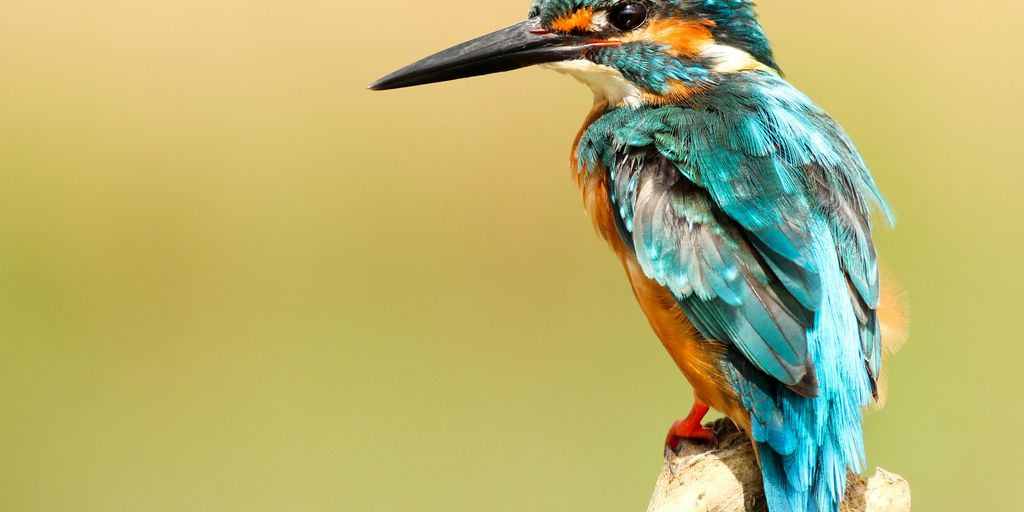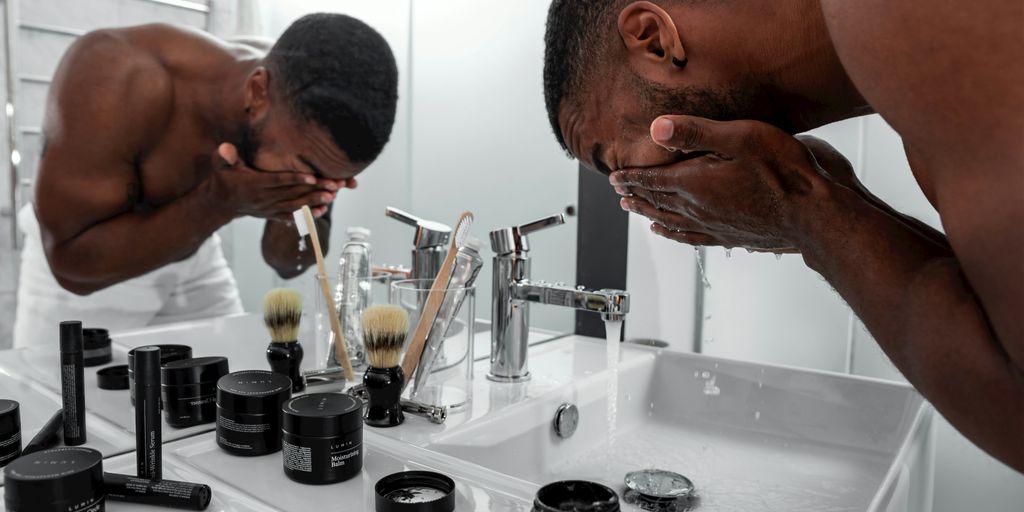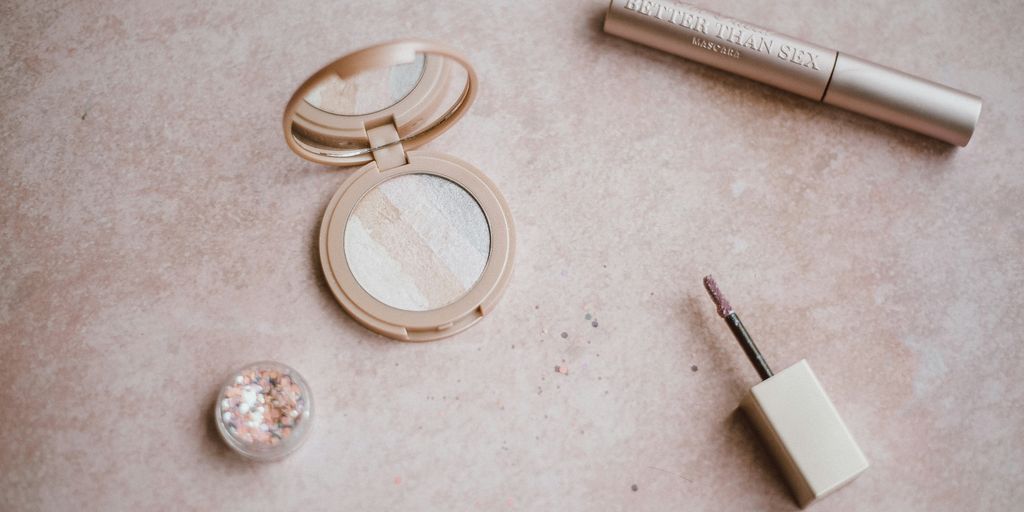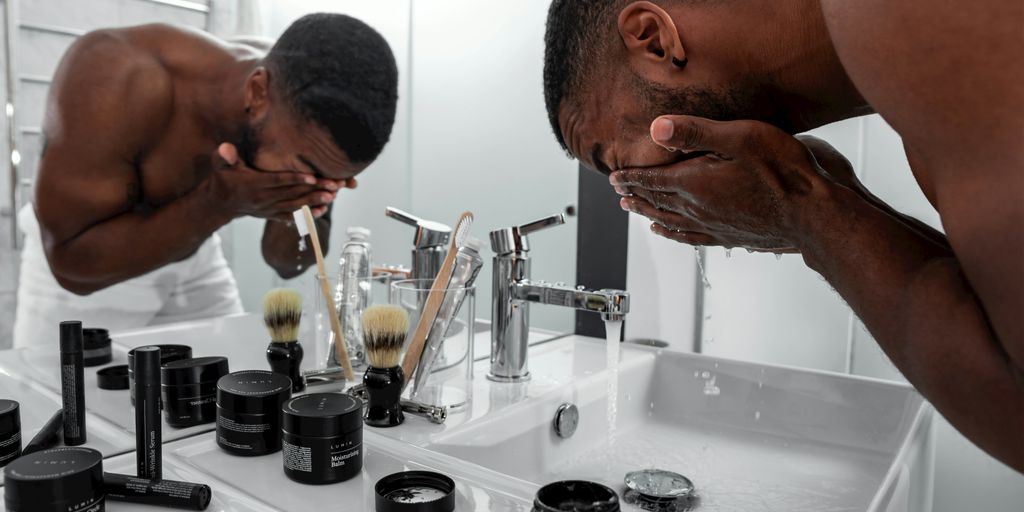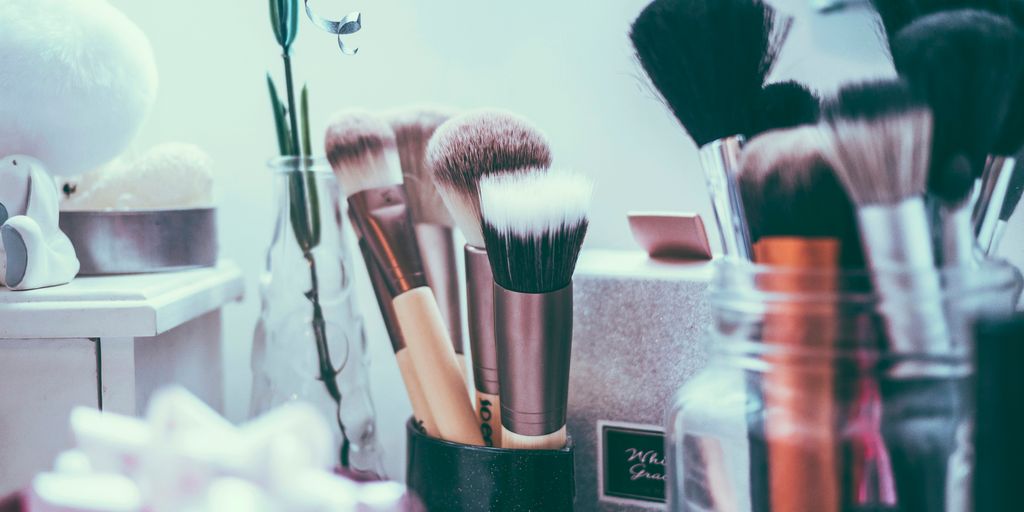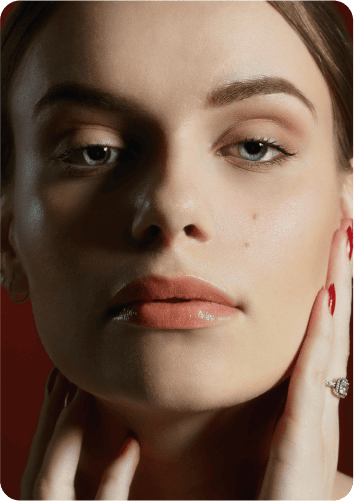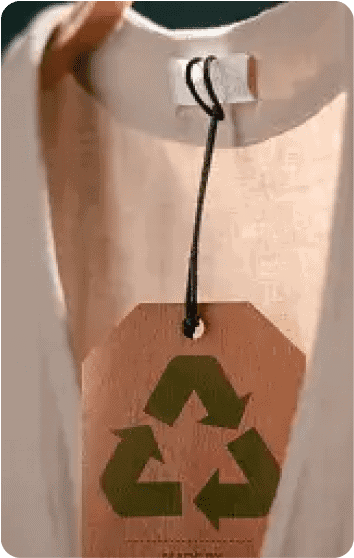If you’ve ever wondered, “Is MAC cruelty free?” you’re not alone. Many makeup lovers are keen on supporting brands that don’t harm animals. This article digs into MAC’s animal testing policy and what it really means for those who care about cruelty-free beauty. We’ll also explore the impact of global market pressures and how to find truly cruelty-free products. Let’s get to the bottom of this!
Key Takeaways
- MAC claims not to test on animals but sells in China, where testing is required by law.
- Their animal testing policy is complicated by global market demands.
- Look for certifications from organizations like Leaping Bunny to ensure cruelty-free claims.
- Not all brands that say ‘not tested on animals’ are truly cruelty-free; research is key.
- Alternatives to animal testing are being developed, making ethical beauty more accessible.
The Truth About MAC’s Animal Testing Policy
Breaking Down the Policy
Okay, so here’s the deal. MAC says they don’t do animal testing themselves, and they even tell their suppliers not to. Sounds pretty good, right? But it gets complicated. They sell their stuff in China, and unfortunately, China still requires animal testing for some imported cosmetics. So, even though MAC’s official stance is against animal testing, they’re kind of stuck playing by China’s rules to be able to sell there. This is why you won’t see MAC with a cruelty-free certification from groups like PETA. It’s a bit of a gray area.
What This Means for You
Basically, if you’re trying to buy only cruelty-free products, MAC is a tricky one. Even if MAC isn’t directly testing on animals, your purchase might still support a system that does. It really comes down to how strict you are with your cruelty-free standards. Some people are okay with this, others aren’t. It’s a personal choice. It’s important to remember that your choices as a consumer can influence industry practices, so staying informed is key.
Transparency and Certification
If you’re serious about buying cruelty-free, look for certifications from groups like Leaping Bunny or PETA’s Beauty Without Bunnies. These logos mean a brand has gone through a third-party audit to make sure they’re not testing on animals at any point in their supply chain. Also, don’t be afraid to ask brands questions! The more transparent a company is, the better you can feel about your purchase. It’s not always easy to figure out what’s really going on, but doing your research can help you make informed decisions.
Navigating the world of cruelty-free beauty can feel overwhelming. Brands sometimes use confusing language, and regulations vary from country to country. By staying informed and supporting brands that prioritize ethics, you can make a difference. Remember, every purchase is a vote for the kind of world you want to live in.
Global Market Pressures and Their Impact
The beauty world isn’t isolated. What happens on a global scale really affects what brands do, especially when it comes to animal testing. We all want cruelty-free products, but for companies selling everywhere, it’s not always that simple. They have to deal with different rules in different countries, and some of those rules aren’t so kind to animals.
Understanding Regulatory Requirements
Different countries have different ideas about what’s okay when it comes to testing beauty products. Some places require animal testing for certain products before they can be sold there. This can put brands in a tough spot. Do they stick to their cruelty-free principles, or do they compromise to sell in those markets? It’s a complicated situation with no easy answers. Navigating these regulations is a real challenge for brands trying to be ethical.
The Role of China in Animal Testing
China has been a big topic of discussion when it comes to animal testing. It’s a huge market, and for a long time, they required animal testing for many imported cosmetics. Things have changed a bit recently, but the rules are still tricky. Any cosmetic items being sold on physical store shelves are still subject to animal testing scrutiny. Because brands like MAC sell in these markets, they participate in these tests due to legal pressures.
Market Demands vs. Ethical Practices
It all comes down to a balancing act. Brands want to sell their products to as many people as possible, but they also want to be seen as ethical and cruelty-free. Sometimes, those two goals clash. Consumers are getting smarter and demanding more from the brands they support. They want to know that their money isn’t going towards harming animals. It’s up to the brands to listen and find ways to meet those demands, even when it’s difficult.
The pressure on brands to be both profitable and ethical is only going to increase. Consumers are more aware than ever, and they’re not afraid to vote with their wallets. Brands that prioritize ethics and transparency will be the ones that succeed in the long run.
How to Spot Cruelty-Free Products
Navigating the world of makeup that doesn’t harm animals can feel tricky, but it’s totally doable! It just takes a little know-how. Here’s how you can make sure your beauty buys line up with your values.
Check the Label
The easiest way to start is by looking for official logos. Think of the Leaping Bunny or PETA’s cruelty-free bunny logo as your new best friends. These symbols tell you that the product and its ingredients weren’t tested on animals. It’s a quick way to get some peace of mind.
Research the Brand
A little digging can go a long way. Head to the brand’s website or check out reliable cruelty-free databases. Brands that are serious about ethical practices will usually shout it from the rooftops, explaining their cruelty-free status and what that means for their testing policies. Some good places to start are the Leaping Bunny Program and PETA’s Beauty Without Bunnies list. It’s worth the extra few minutes to be sure.
Avoid Misleading Terms
Watch out for phrases like ‘not tested on animals’ or just plain ‘cruelty-free’ without any real certification. These can be marketing tricks. Without a third-party organization backing them up, there’s no real promise that the product is truly cruelty-free. It’s like they’re trying to sound good without actually doing the work.
It’s important to remember that some brands might use language that sounds ethical but doesn’t actually guarantee cruelty-free practices. Always look for those trusted certifications to be sure.
Alternatives to Animal Testing

Innovative Testing Methods
Okay, so animal testing is kinda old-school, right? Luckily, science has stepped up its game. We’re talking about some pretty cool alternatives that don’t involve any furry friends. In vitro testing is a big one – it uses human cells and tissues in a lab to see how products react. Then there are computer models that can simulate human biology and predict how stuff will work. It’s like, way more reliable and, you know, ethical.
The Shift Towards Ethical Practices
It’s not just about having the technology; it’s about companies actually using it. More and more brands are realizing that consumers care about cruelty-free products, and they’re shifting their practices accordingly. This means investing in research and development to find and implement these alternative testing methods. It’s a slow process, but the momentum is definitely there. Plus, there’s growing pressure from organizations and consumers to ditch animal testing for good.
Brands Leading the Change
Some brands are really walking the walk when it comes to cruelty-free practices. They’re not just saying they’re against animal testing; they’re actively using alternative methods and pushing for change in the industry. These are the companies that deserve our support. They’re showing that it’s possible to create awesome products without harming animals. It’s inspiring, and it gives me hope that the whole beauty industry can eventually go cruelty-free.
It’s important to remember that change takes time. Not every company can switch to alternative testing overnight. But by supporting brands that are making an effort, we can encourage others to follow suit and create a more compassionate beauty industry.
Alternatives to Consider for a Kinder Beauty Routine
Switching to a beauty routine that doesn’t harm animals doesn’t mean you have to give up makeup entirely. It’s more about finding new favorites! Luckily, there are tons of brands out there that care about ethical practices, so you can be kind to animals and still look great.
Cruelty-Free Brands to Explore
There are some pretty great brands out there that are easy to find. For example, check out E.L.F. Cosmetics, or even Urban Decay. These brands have clear rules against testing on animals, and they have lots of different colors and types of products. It’s always a good idea to check their websites to see what they say about animal testing. You can also look for certifications from groups like PETA or Leaping Bunny.
Switching Your Makeup Essentials
Changing your whole makeup bag at once can feel like a lot. Start small! Maybe replace your foundation first, then your mascara, and so on. This way, it’s not too overwhelming, and you can really research each product before you buy it. Plus, it gives you a chance to try out new brands and see what you like.
Building a Compassionate Beauty Kit
Think about what’s really important to you in your makeup. Is it having a long-lasting foundation? Or maybe a super pigmented eyeshadow? Once you know what you’re looking for, it’s easier to find cruelty-free options that fit your needs. Here are some ideas to get you started:
- Look for brands that are certified by Leaping Bunny or PETA.
- Read reviews from other people who use cruelty-free makeup.
- Don’t be afraid to try new things!
It might take some time to find the perfect products, but it’s worth it to know that you’re not supporting animal cruelty. Plus, you might even discover some new favorites along the way!
If you’re looking to make your beauty routine more gentle on the planet, there are plenty of options to explore. Consider using products that are made from natural ingredients, or try brands that focus on eco-friendly practices. You can also switch to reusable items instead of single-use ones. For more tips and ideas on how to create a kinder beauty routine, visit our website today!
Final Thoughts on MAC’s Cruelty-Free Status
In the end, figuring out if MAC is truly cruelty-free is a bit of a mixed bag. They say they don’t test on animals, but the reality is more complicated because of their sales in China, where animal testing is still required by law. This can leave you feeling stuck if you’re trying to make choices that align with your values. If being cruelty-free is a top priority for you, it might be worth exploring other brands that are fully committed to this cause. There are plenty of options out there that don’t compromise on kindness to animals. Remember, every purchase you make is a vote for the kind of beauty industry you want to support. So, do your research and choose wisely!
Frequently Asked Questions
Does MAC test on animals?
MAC claims they do not test on animals directly, but they sell in places like China where animal testing is required by law.
Why isn’t MAC considered cruelty-free?
Even though MAC says they don’t test on animals, their sales in China mean they still follow local laws that require animal testing.
What can I do if I want cruelty-free products?
Look for brands that are certified cruelty-free by groups like PETA or Leaping Bunny, and avoid brands that sell in China.
How can I tell if a product is cruelty-free?
Check for labels from trusted organizations, do some research on the brand, and be cautious of vague claims.
What are some alternatives to MAC?
There are many cruelty-free brands available, such as e.l.f., Too Faced, and Tarte, that offer great makeup options.
What does cruelty-free really mean?
Cruelty-free means that no animals were harmed or tested on to create the products, but the definition can vary by brand.
